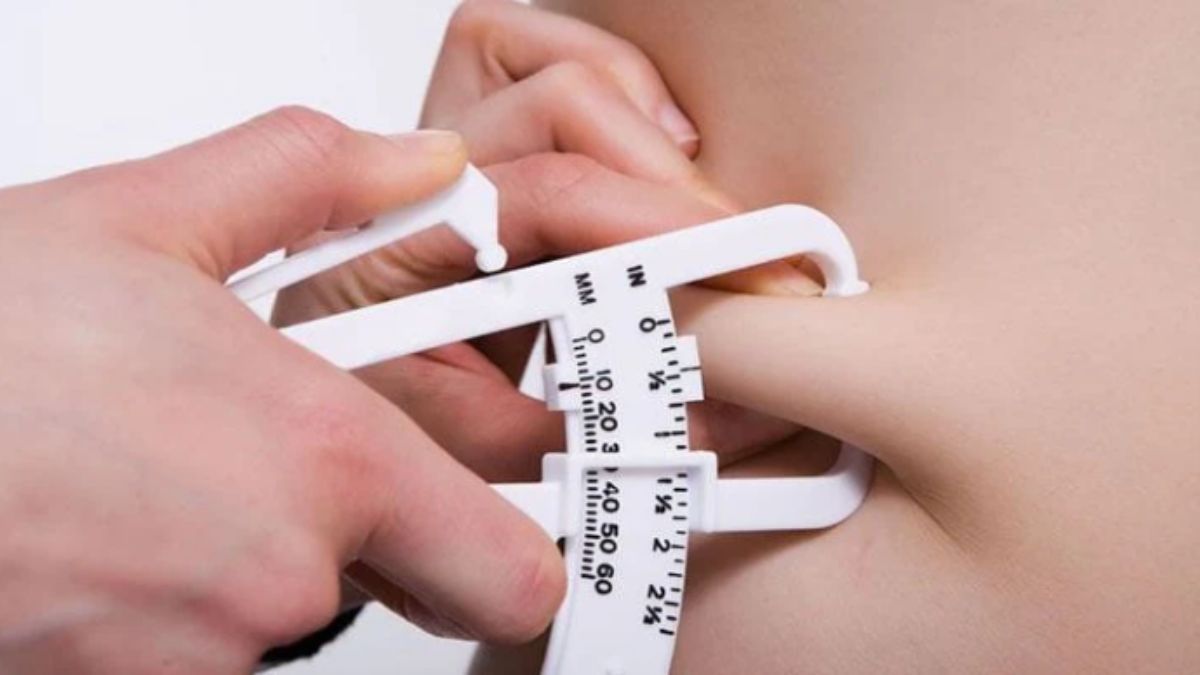Introduction
If you have ever wondered what 2 pounds of fat looks like, you are not alone. Many people struggle to picture how much fat they actually carry or lose during weight changes. Understanding the size and volume of fat can help you stay motivated and set realistic goals. This article will give you a clear, honest, and research-backed answer to the question what does 2 pounds of fat look like. You will also learn how fat compares to muscle, how it affects your body, and tips on managing it effectively.
What Does 2 Pounds of Fat Look Like in Real Life
To get a real sense of 2 pounds of fat, imagine holding about a pint of butter or a large apple in your hand. Fat tissue is less dense than muscle, so it takes up more space. Two pounds of fat roughly equals about 32 cubic inches, which might look like a small grapefruit or a large softball. When spread over your body, it might not seem much, but that small volume can significantly affect your body shape and health.
Fat vs Muscle: Why Size Can Be Misleading
One important thing to know is fat and muscle don’t weigh the same volume. Muscle is denser, so 2 pounds of muscle takes up less space than 2 pounds of fat. This explains why people who exercise and build muscle might look leaner even if the scale doesn’t show a big drop. So when you focus on weight loss, don’t just look at the scale but also consider how your clothes fit and how your body feels.
Why Understanding Fat Volume Matters
Knowing what 2 pounds of fat looks like helps you track your progress better. For example, losing 2 pounds of fat means you have shed a noticeable amount of unhealthy tissue. This can lower your risk of chronic diseases like diabetes, heart disease, and joint problems. Visualizing fat can also make your fitness journey more motivating by showing tangible results.
How Fat is Measured and Why It Can Be Tricky
Fat can be measured by various methods such as calipers, body scans, or scales with body fat percentage features. However, these tools aren’t always accurate. Fat distribution also varies per person, with some carrying more around the belly and others in hips or thighs. This makes it important to use multiple indicators to assess fat loss, such as measuring your waist or noticing changes in strength and endurance.
How to Manage and Reduce Excess Fat Safely
Reducing fat takes patience and a balanced approach. Focus on a healthy diet rich in whole foods, vegetables, and lean proteins. Combine this with regular exercise that includes both cardio and strength training. Avoid extreme diets or quick fixes since sustainable changes work best. Remember that even losing 2 pounds of fat can improve your health and energy.
Tips to Visualize Your Fat Loss Journey
Try keeping a journal of your progress including photos and measurements. This can show you changes that the scale may not. Using everyday objects like a baseball or grapefruit to picture fat can also help you appreciate your results. Celebrate small victories and remember that your health is a journey, not a race.
Conclusion
Now you know what does 2 pounds of fat look like and why it is important to understand fat volume. Two pounds of fat might look like a small grapefruit but losing it can bring big benefits to your health. Instead of just focusing on weight, pay attention to how your body changes in shape, strength, and endurance. With the right mindset and tools, you can manage your fat safely and stay motivated along the way.
FAQ Section
1. How much space does 2 pounds of fat take up?
Two pounds of fat roughly takes up about 32 cubic inches, similar to a grapefruit or softball size.
2. Is 2 pounds of fat a lot?
While 2 pounds may seem small, it can have a big impact on your body shape and health.
3. How is fat different from muscle in volume?
Fat is less dense than muscle, so it occupies more space than muscle of the same weight.
4. How can I tell if I lost 2 pounds of fat?
Look for changes in your measurements, how your clothes fit, and improvements in your energy levels.
5. What exercises help reduce fat effectively?
A combination of cardio and strength training works best for reducing fat safely.
6. Can fat loss be fast and healthy?
Safe fat loss is usually gradual, about 1-2 pounds per week, to maintain muscle and avoid health risks.
7. How does fat loss improve health?
Reducing fat lowers risks of diabetes, heart disease, and improves mobility and energy.
8. Are all fats stored the same way in the body?
No, fat distribution varies by person, with some storing more in the belly, hips, or thighs.
